Robbins Shakes Up Cisco's Engineering Business: 8 Things Partners Need To Know
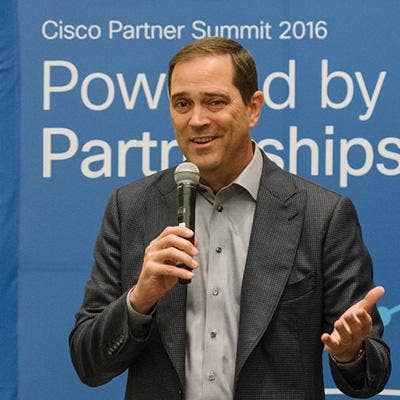
Robbins Making His Mark
Cisco CEO Chuck Robbins continues to shake up the networking giant like never before, unveiling in an internal memo obtained by CRN plans to reorganize the company's 25,000-member engineering unit into four new teams.
"It has become very clear that we must be organized to best align to our customers’ needs within this ever-changing environment," wrote Robbins in the memo to employees.
San Jose, Calif.-based Cisco is consolidating its engineering organization into four groups to target its key areas of focus: Networking, Security, Cloud Services and Platforms, and Internet of Things and Applications.
The network leader named the leaders who will run the new areas, while also saying goodbye to Kelly Ahuja, senior vice president of Cisco's service provider business. Here are eight key changes partners need to know about the company's new engineering strategy.
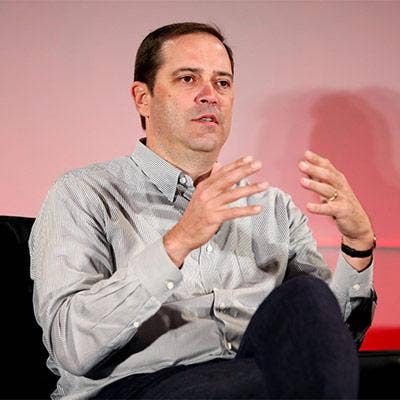
Chuck In Charge
Reorganizing the engineering business is part of the push to build a faster company around Cisco's key areas of focus.
"We are making changes to how we organize Engineering to better reflect our strategic priorities and align around four key areas," said Robbins. "This will allow us to accelerate our product and solution development and make quick decisions."
The reshuffling will enable Cisco's sales, services, marketing and engineering leaders to work more closely "than ever before" to address customers' priorities and drive growth, he said. All of the four organization leaders will report directly to Robbins.
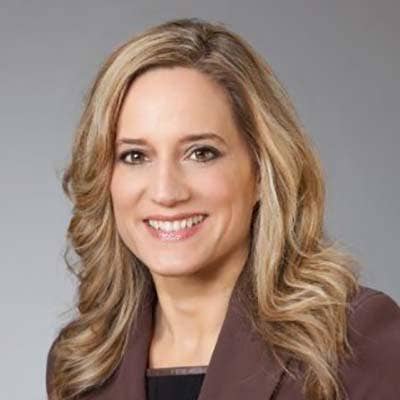
Service Provider Veteran Ahuja Out, Kanouff In
Yvette Kanouff (pictured), senior vice president and general manager for Cisco's Cloud Solutions, will now lead "an expanded" Service Provider (SP) organization that combines the SP segment, SP cloud, mobility and SP video Software and Solutions organization, according to Robbins.
Kelly Ahuja, senior vice president of Cisco's Service Provider Business, Products and Solutions, is leaving after an 18-year stint with the vendor. Ahuja was responsible for developing and managing the company's service provider strategy and portfolio within Cisco's Development organization. Robbins said Ahuja has been "critical to our success."

Networking Organization Leadership Up For Grabs
One of the four new organizations is Networking, Market Segments & Solutions, which will be led in the short term by outgoing engineering leader Pankaj Patel (pictured). In January, it was revealed that Patel -- a 20-year Cisco veteran responsible for driving innovation in Cisco's networking and data center architectures -- would be leaving at the end of the company's fiscal year.
Patel has agreed to lead the team in the interim, and Cisco has yet to name his replacement.
The networking organization will include Core Software Group (CSG), Core Hardware Group (CHG) and the Enterprise and Service Provider segments and Technology & Architecture Office, according to Robbins. Cisco is also moving its Network Orchestration (APIC EM) and Network Management teams to CSG.
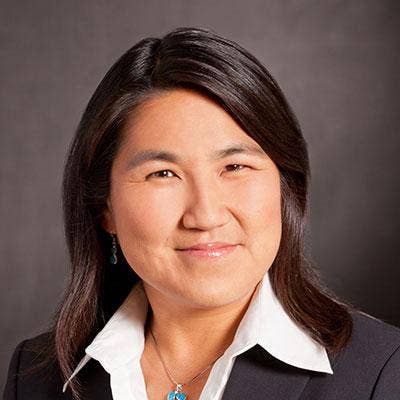
Cloud Service And Platforms Group
Under Chief Technology Officer Zorawar Biri Singh, the company's newly formed Cloud Services and Platform organization will envelop the Computing Systems Product Group (CSPG), led by Liz Centoni, vice president of engineering strategy, portfolio and chief of staff to the executive vice president of Engineering, with a mandate to grow the segment and accelerate its road map, according to Robbins. CSPG includes Cisco UCS and its new hyper-converged infrastructure solution, HyperFlex
Additional top executives joining Singh's organization are Mala Anand, senior vice president of Cisco's Analytics and Automation business unit; and Susie Wee (pictured), vice president and CTO of Networked Experiences as well as Cisco's DevNet team.

Singh New Intercloud Leader
As part of the Cloud Services and Platforms organization, CTO Zorawar Biri Singh (pictured) will lead Cisco's Intercloud team to drive a unified strategy and execution around Cisco's cloud services and developer innovations.
"As cloud applications/services evolve to loosely-coupled microservices, API-enabled, and container-enabled frameworks, we are evolving the Cisco Intercloud mission to drive a broader solution ecosystem for customer and partner developers," said Robbins in the memo.
The networking leader has been quiet of late regarding the future of its Intercloud "cloud of clouds" strategy, although Robbins recently said the initiative was still on track.
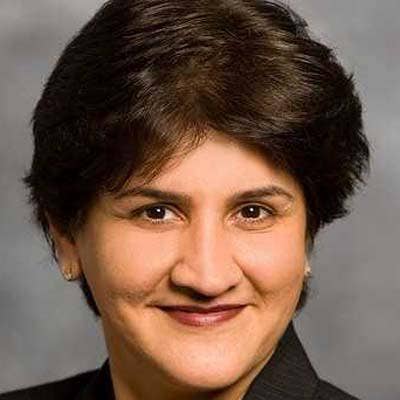
Singh To 'Work Closely' With Insieme Leaders
Even more responsibility will be put on the shoulders of Singh as the CTO will now also be responsible to lead efforts around the company's data center and software-defined networking (SDN) strategy.
"I have asked Biri to lead our efforts around Next-Generation Data Center strategy, working closely with the Insieme leaders," said Robbins.
The Insieme unit, led by Senior Vice President Soni Jiandani (pictured), is responsible for Cisco's SDN strategy including its Application Centric Infrastructure (ACI).

Security
Robbins said security is the No. 1 priority for Cisco and its customers. To lead the new Security organization, Robbins appointed David Goeckeler (pictured), senior vice president and general manager of Cisco's Security Business Group. The 16-year Cisco veteran is responsible for the networking giant's security strategy and market acceleration.
Under Goeckeler's leadership, Robbins said, Cisco has "rapidly transitioned the business model to software and recurring revenue."

IoT & Applications
The final IoT & Applications group will be led by Rowan Trollope (pictured), senior vice president and general manager of Cisco's Internet of Things and Collaboration Technology Group. Robins said Trollope is tasked with driving growth in new application categories.
"Rowan will build upon the Collaboration team's incredible success -- under his leadership, the team has redesigned and delivered outstanding and award-winning products across the entire technology portfolio, simplified the product line, taken share from competitors in all categories and returned the business to growth," said Robbins.